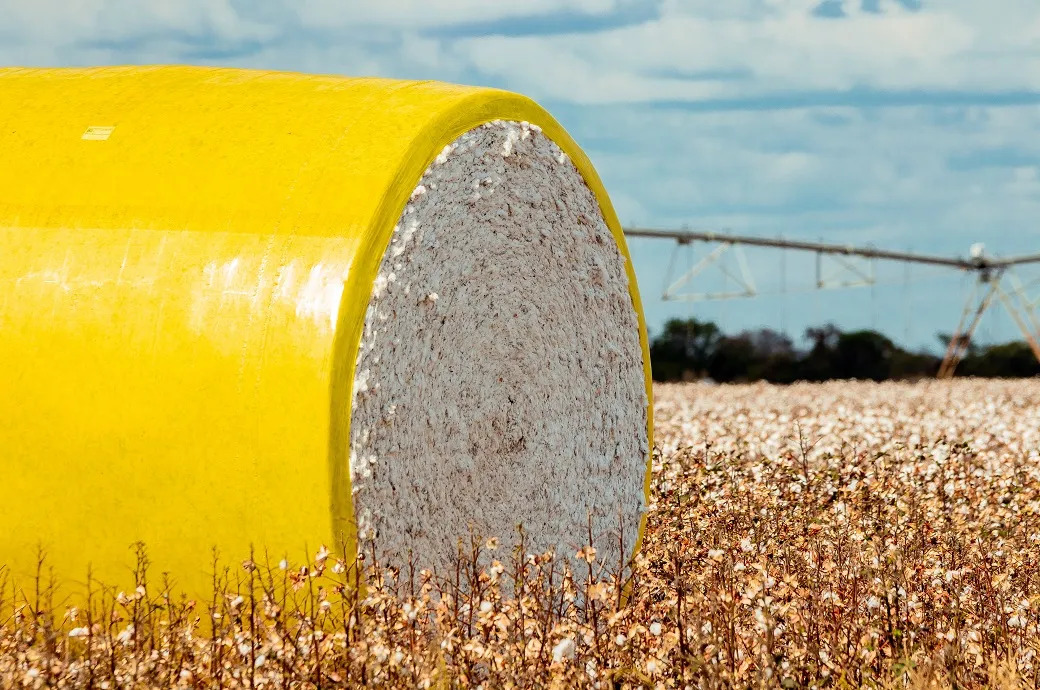Finland is developing methods for handling textile waste. The practice of dumping textile waste at landfill sites will be brought to an end by January 2016. Large-scale solutions to the problem are already being developed. Fabric as good as or better than the original can be obtained by using solvents to break down worn-out and even heavily soiled textiles.
Although reuse of textiles and mechanised recycling methods ease the burden on the environment, the textile mass also includes material in poor condition or heavily soiled, limiting the opportunities for recycling. The new methods multiply the utilisation possibilities.
Scientists are developing methods for restoring worn-out fiber to pristine condition. They are working on methods for separating the cellulose molecules contained in textile waste, such as cotton, using efficient and environmentally friendly solvents.
Even the molecules of old and worn fiber qualify for reuse. The fibrous components of worn fabric can be separated and returned to textile production as raw material. The end result can be a product of equivalent quality to the original or even better.
Methods are being developed for recycling, decoloring, bleaching and dissolving textiles. Textiles are fed into the process both intact and as loose scraps. Color is then removed and the solubility of the cellulose increased. After the application of solvents and removal in solution, the recovered cellulose is then spun into fiber. The remaining fibrous material is normally polyester, which can be melted down and used in the preparation of fibers and composites.












